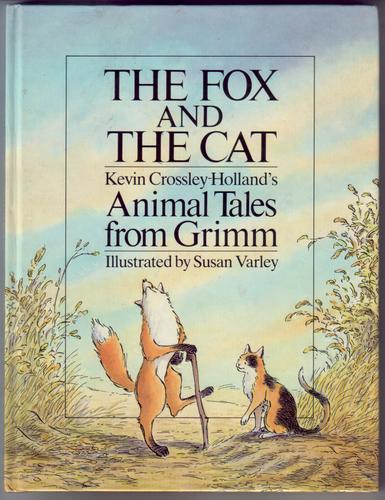Sorolla was from a poor family and was orphaned at age two. He displayed an early talent and was admitted to the Academy of San Carlos in Valencia at age 15. After further studies in Rome and Paris, he returned to Valencia. Initially, he painted historical and social realist works, one of which, Otra Margarita (1892), was his earliest success. He received the greatest recognition, however, for his genre paintings and landscapes. Using heavily impastoed pigments, he combined an Impressionist manner with narrative and anecdotal themes. In 1909 he made a successful debut in the United States in a solo exhibition at the Hispanic Society in New York City. The resulting critical acclaim won him a commission to paint President William Howard Taft in 1909. Upon his return to Spain, he purchased a beach house in Valencia....
For the rest of his life the sun and water there would inspire him.

Sorolla reminds some of Sargent, though you can't tell it so much from this portrait of his wife, Clotilde.
"Clotilde was his confidant, traveling companion, bookkeeper (or in his words, "my Treasury Minister"), and muse." They were married in 1888.












